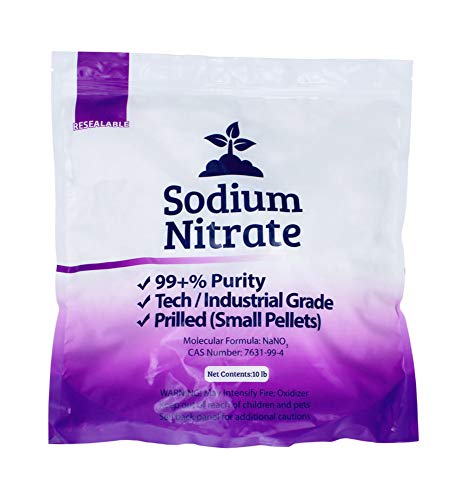Hello
I hope this request in in the proper area and in line with the fourm rules. I am new and emphasis is on new too this forum and to the refining and processing of PM’s. I have downloaded Hoke and have started to learn how to produce some of the acids that will be used in the refining process. Today for the first time in the learning process I tried to produce a small amount of nitric acid. During the process I developed a question and searched the forum for answers about evaporation and fluid loss, probably inaccurate terms as nothing I found really applied to my situation. I devloped a process question while I was working outside and the weather was around 38 degrees. I used a filtering flask, PVC tube and glass pipette inserted into a graduated cylinder filled with fluid placed in an ice bath. After adding the materials called for in the recipe and sealing the flask the reaction appeared not to start due to what I thought was the outside temperature. I applied indirect heat to the outside of the flask by heating a sock filled with rice in the microwave and wrapped it around the flask which started the reaction. I expected to see a return of nitric acid equal to the starting fluid in the graduated cylinder, to my surprise the fluid in the cylinder had reduced to about half in volume. My question: Is this normal to lose so much volume in the process, was possibly too much heat applied in the process. It could also have been due to the cold, I may also have not been as watchful as necessary and when the reaction slowed due to lack of heat possibly the nitric was vacuumed back into the reaction mixture.
Thank you for reading and for any guidance you can provide.
Paul
I hope this request in in the proper area and in line with the fourm rules. I am new and emphasis is on new too this forum and to the refining and processing of PM’s. I have downloaded Hoke and have started to learn how to produce some of the acids that will be used in the refining process. Today for the first time in the learning process I tried to produce a small amount of nitric acid. During the process I developed a question and searched the forum for answers about evaporation and fluid loss, probably inaccurate terms as nothing I found really applied to my situation. I devloped a process question while I was working outside and the weather was around 38 degrees. I used a filtering flask, PVC tube and glass pipette inserted into a graduated cylinder filled with fluid placed in an ice bath. After adding the materials called for in the recipe and sealing the flask the reaction appeared not to start due to what I thought was the outside temperature. I applied indirect heat to the outside of the flask by heating a sock filled with rice in the microwave and wrapped it around the flask which started the reaction. I expected to see a return of nitric acid equal to the starting fluid in the graduated cylinder, to my surprise the fluid in the cylinder had reduced to about half in volume. My question: Is this normal to lose so much volume in the process, was possibly too much heat applied in the process. It could also have been due to the cold, I may also have not been as watchful as necessary and when the reaction slowed due to lack of heat possibly the nitric was vacuumed back into the reaction mixture.
Thank you for reading and for any guidance you can provide.
Paul











































































